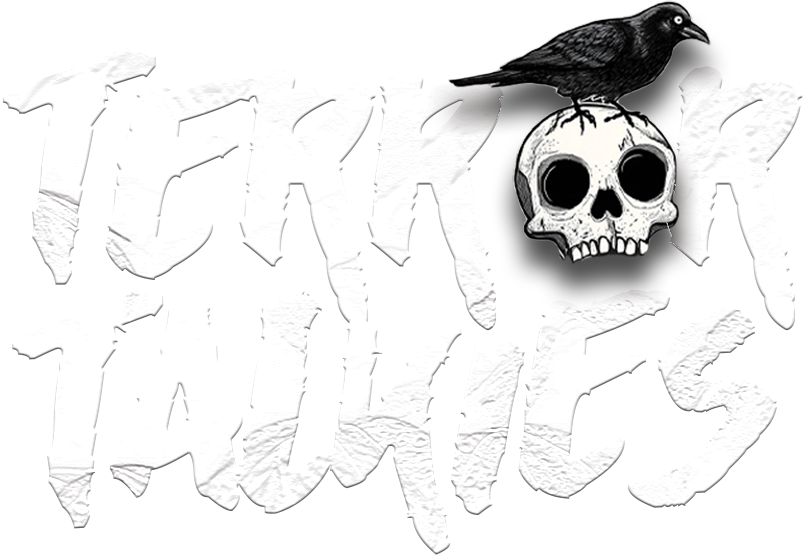Exploring Halloween’s Influence on Horror Films
- Rudradeep Biswas

- May 5
- 4 min read
Updated: May 22
by Rudradeep Biswas

What is “influence”, really? To borrow from a famous quote from Birdman about the relationship between “popularity” and “prestige”... influence is the avoidant first-cousin of popularity. "Influence" doesn’t always get its flowers. No horror director fits the above bill better than John Carpenter, who dominated the genre in the 1980s.
A truly high-integrity director, completely outside the commercial sphere for several years now. He not only wrote Halloween within a couple of weeks in 1978 on a thin budget but also provided the orchestral Giallo-inspired score for the film. Alfred Hitchcock's Psycho ushered in an era of psychological horror films; Night of the Living Dead and The Exorcist shaped the zombie and possession subgenres, respectively. These films are considered by the mainstream horror faithful to be some of the most influential horror films of all time. Yet, Carpenter and Halloween's influence goes beyond simply guiding directors in stringing together a wave of genre films.
The score of a film is a pivotal tool in underscoring its mood. Yet the medium didn't see a burgeoning of authenticity until the 1970s when Dario Argento and Mario Bava began hiring instrumental musicians in their Giallo films, to heighten the emotional and physical immediacy of the horror. Inspired by the Italian film movement, Carpenter wrote a DIY synth-heavy score for Halloween, setting a precedent for various independent horror films in the future.
Progressively advancing keys are accompanied by stabbing, staccato shifts on the titular theme of Halloween to illustrate the bloodlust of Michael Myers - who scours the town of Haddonfield in a bid to simulate and relive how he murdered his elder sister Judith as an adolescent. To Carpenter's credit, his layered synths not only inspired its successor, A Nightmare on Elm Street (1984), but also managed to creep in and observe from above as It Follows (2014)—an experimental horror film outside the slasher genre, took its example nearly four decades later and stalked viewers with judiciously set-up infectious synth-beats in its score.
It Follows was also inspired by Halloween's visual atmosphere, which was achieved through iconic point-of-view cinematography that put us beneath the antagonist's mask. The former film's swimming pool scene, where an invisible curse attempts to hunt its survivors, tips its proverbial hat to the latter by employing the surroundings in camera shots and following the characters' movements to an unnerving effect.Unwittingly enough, this method of storytelling also implies our complicity in Michael’s pursuit of Laurie Strode, who reminds him of his elder sister. We are transported into his psyche, made to examine the underpinnings of his deep-rooted misogyny against the women in the film, and yet, we are as helpless as Laurie. Found footage horror films like The Blair Witch Project (1999) also evoke this feeling in the viewer using a similar camera technique.

Halloween's style, on the other hand, was as cold as its killer. The blue color composition, achieved through natural night-time lighting, made the dread and the shadows hanging around the corner more menacing. This technique was subsequently incorporated in The Entity and The Poltergeist (both of which came out in 1982) and became the staple for how supernatural horror films would be lit in the years to come.
The score and visuals of Halloween, in a nutshell, stood the test of time and transcended its genre limitations. The plotline and the characterizations of Michael and Laurie, respectively, were also responsible for giving rise to a plethora of slasher films, with Scream (1996) being the one entry in the genre that both eulogized and dismantled the tropes brought into vogue by Halloween.

The Ghostface Killer, Freddy Krueger and Jason Voorhees mastered their unrelenting villainy at the school of Michael Myers. Shot, obliterated, dismembered, frozen in space, yet the evil within helped them script comeback after comeback after comeback. Peace would be restored in each of the films that these entities haunted, but it was ephemeral, as they ultimately survived and left "now what?" plastered over the characters' faces.
And while Halloween didn't give birth to the concept of "Scream Queen", the plaudits for that feat belong to either Psycho or the first King Kong. It cemented Jamie Lee Curtis's legacy as perhaps the most iconic scream queen. Unlike the characters played by Janet Leigh (Psycho) or Fay Wray (King Kong), Laurie's sexuality is subdued, and so are her screams as she overcomes Michael. Her calm composure and refusal to give in to hysterics shaped the ethos of Sidney Prescott (Scream) and many of her peers from 2000s slasher films.
Film theorist Carol J. Clover alluded to the above trope in her 1992 book ‘Men, Women, and ChainSaws’. She coined the term “Final Girl” to better explain the creative decision of making the most timid and sexually uninitiated woman in a slasher film its sole survivor. This “privilege” has since been put under the moral microscope and taken different forms in horror over the years. But the question remains: is it flippant or empowering?
Fraught with the possibility of failure, these elements in John Carpenter's Halloween were rather brave choices back then. And if that's not the mark of an influential artist, what else is? It is one thing to have a Deadite-like grip on fans through the access created by a film's success. Admirable? Sure. But you know you're a director's director, a composer's composer (remember when Trent Reznor & Atticus Ross covered John Carpenter's Halloween theme?), and that your characters have an impact beyond their graves when your film achieves an "unsaid" status as Halloween did.




Comments